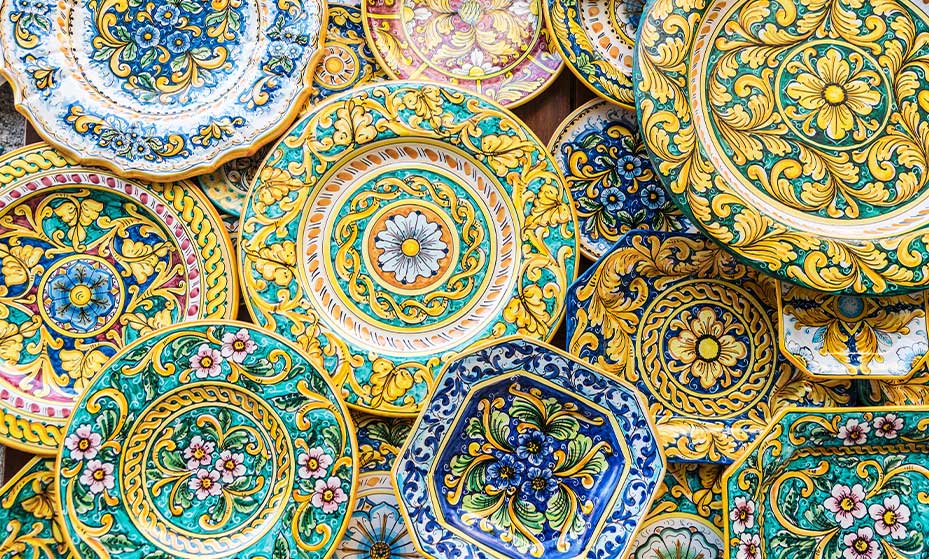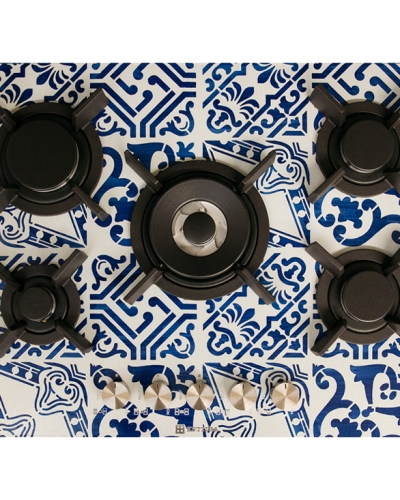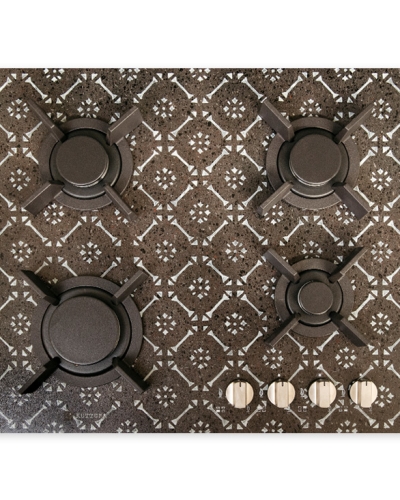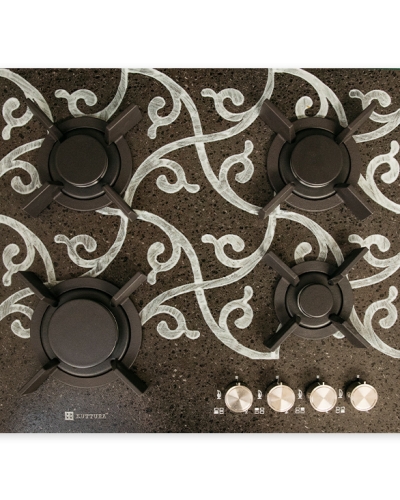Artistic expressions of Sicilian culture
Undisputed protagonists of Kuttura hobs, Sicilian majolica tiles are incredibly ancient decorative elements, true excellences of a form of craftsmanship that is recognised worldwide as a virtuous example of Made in Italy.
Bright hues reminiscent of the colours of Sicily itself and geometric yet sinuous motifs give Sicilian majolica an unmistakable appearance that is associated worldwide with the vibrant Sicilian landscapes.
What’s a majolica tile?
Majolica tiles are glazed terracotta tiles that, after being dipped in lead or stanniferous glaze, are decorated and then annealed once again. According to some hypotheses, the term ‘majolica’ derives from the name of the island of Majorca, which in the Middle Ages was the largest trading centre for these ceramics. Looking beyond the borders of Italy, on the other hand, we can refer to faïence, a name derived from the city of Faenza, which was one of Europe’s largest producers for many centuries.
Examples of Sicilian craftsmanship
There are many different majolica productions in the world, yet it is not difficult at all to distinguish a majolica handcrafted in Sicily from one created in any other part of Italy or the world.
The characteristics that make Sicilian products unique are, in fact, the shapes and colours with which they are given their identity: hand-painted geometric shapes alternate with natural and floral motifs; bright, vivid colours such as blue, yellow, green and orange create a chromatic effect that recalls the exuberant spirit of the island. But Sicilian majolica is not only beautiful to look at: since each piece is created by hand, no tile ever looks like the next one; on the contrary, they are destined to retain a piece of the soul and passion of the craftsman who created them.











